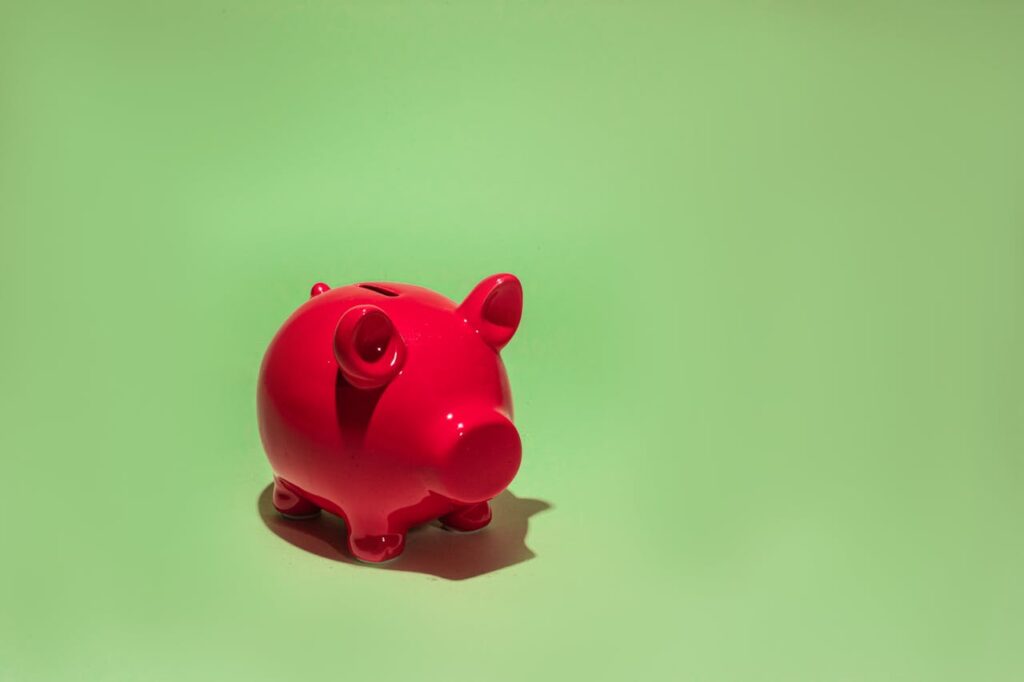Dependable Long-Term Growth And Deferred Taxation: These Stocks Inside of an RRSP
Key takeaways
Stability and Growth Are Key: RRSPs thrive on a mix of stable dividend-paying stocks like Fortis and growth-driven leaders like Microsoft, offering long-term wealth-building opportunities.
Diversification Enhances Security: Including stocks across various sectors—such as infrastructure, technology, healthcare, and consumer goods—helps reduce risk and ensures steady returns for retirement planning.
Tax Advantages Amplify Compounding: The tax-deferred growth of RRSPs makes them ideal for holding dividend payers and compounding investments, maximizing the benefits of long-term holdings like Canadian National Railway and Johnson & Johnson.
3 stocks I like better than the ones on this list.The Registered Retirement Savings Plan (RRSP) stands out as an essential tool that Canadian investors rely on to accumulate wealth leading up to retirement.
Not only do these accounts let you accumulate tax-free earnings until withdrawn, but they allow you to take advantage of contributions made during your highest years of taxation to get money back come tax time.
US stocks inside of an RRSP
For many Canadians, the question that is consistently brought up is what stocks should they hold in their RRSP? For tax purposes, if you want to add US stocks to your portfolio, the RRSP is often the best place to do so.
If you own US stocks inside your RRSP, the IRS will not apply a withholding tax to the dividends received inside them. However, shareholders will still be charged if you hold them in a tax-sheltered account like the Tax-Free Savings Account (TFSA).
This makes US dividend-paying stocks a perfect candidate for your RRSP and is where I invest most of my own RRSP contribution room. If I don’t have room in my RRSP or TFSA, I often buy them in my non-registered account. Yes, I still pay tax on the capital gains and dividends, but I can also get a foreign tax credit, which is tax-deductible, on the dividends paid.
In terms of Canadian stocks that pay dividends, you could qualify for the dividend tax credit if they’re eligible for dividends. For this reason, I’m not only going to go over three top Canadian stocks to add to your RRSP, but I’ll cover three US stocks as well to give some variety to this post.
Keep in mind that the RRSP is an account that can have a wide variety of investing strategies. For the purposes of this post, I’m going to stick to blue-chip Canadian and US holdings.
If you’d like to divert to a more growth-based, income-based, or any other investment strategy, just ultimately do what works for you.
What are the best stocks for an RRSP right now?
Leading North American freight railway
Canadian National Railway (TSE:CNR)
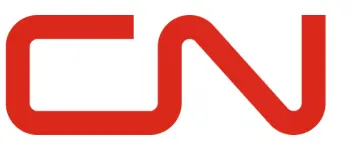
Canadian National Railway operates an extensive freight rail network across Canada and the U.S., transporting goods such as grains, chemicals, automotive products, and intermodal containers. With a history dating back to 1919, the company plays a critical role in North American trade and is known for its operational efficiency.
P/E: 19.9
5 Yr Revenue Growth: 2.7%
5 Yr Earnings Growth: 3.8%
5 Yr Dividend Growth: 9.5%
Yield: 2.5%
Regulated utility with steady cash flow
Fortis (TSE:FTS)
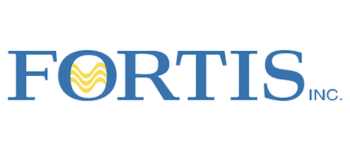
Fortis is a leading utility company providing electricity and natural gas services to customers in Canada, the U.S., and the Caribbean. With over 99% of its revenue from regulated operations, Fortis is known for its stability and strong dividend record, making it a favorite among conservative investors.
P/E: 20.0
5 Yr Revenue Growth: 5.6%
5 Yr Earnings Growth: -3.0%
5 Yr Dividend Growth: 5.5%
Yield: 3.7%
Global convenience store leader
Alimentation Couche-Tard (TSE:ATD)

Alimentation Couche-Tard operates a network of over 14,000 convenience stores and fuel stations across North America, Europe, and Asia. Known for its Circle K brand, the company is a leader in the convenience retail industry, offering snacks, beverages, and fuel.
P/E: 18.6
5 Yr Revenue Growth: 3.7%
5 Yr Earnings Growth: 12.3%
5 Yr Dividend Growth: 24.2%
Yield: 1.1%
Global leader in defense and aerospace
Lockheed Martin (LMT)
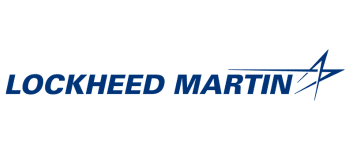
Lockheed Martin is a U.S.-based defense contractor specializing in advanced technologies, including fighter jets (F-35), missile systems, and space exploration. The company serves governments worldwide, with the U.S. Department of Defense being its largest customer.
P/E: 19.8
5 Yr Revenue Growth: 3.5%
5 Yr Earnings Growth: 0.3%
5 Yr Dividend Growth: 7.2%
Yield: 2.9%
Global leader in healthcare and consumer goods
Johnson & Johnson (JNJ)

Johnson & Johnson is a multinational healthcare company offering pharmaceuticals, medical devices, and consumer health products. Its diverse portfolio includes household names like Tylenol and Band-Aid, as well as lifesaving medications and cutting-edge medical technologies.
P/E: 28.3
5 Yr Revenue Growth: 1.6%
5 Yr Earnings Growth: 0.6%
5 Yr Dividend Growth: 5.5%
Yield: 3.0%
Tech giant and cloud computing leader
Microsoft (MSFT)
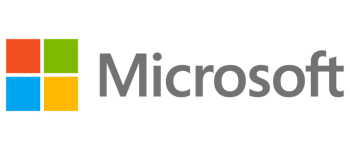
Microsoft is one of the world’s largest technology companies, offering software, hardware, and cloud services. Its flagship products include Windows, Office 365, Azure cloud services, and Xbox gaming consoles. Microsoft has successfully transitioned into a cloud-first business model, driving consistent growth and profitability.
P/E: 30.5
5 Yr Revenue Growth: 14.3%
5 Yr Earnings Growth: 18.5%
5 Yr Dividend Growth: 10.2%
Yield: 0.8%
What about an exchange-traded fund?
If you’re looking to buy an exchange-traded fund (ETF) for your RRSP, there are a multitude of options you could consider. Exchange-traded funds offer lower fees than traditional mutual funds and are a very popular option among Canadian investors.
I won’t go over too many of the ETFs inside of this article. Instead, I’ll just give you some links to other research we’ve done on ETFs that you could consider for your RRSP.
If you’re looking for US exposure, we have a great article on the best S&P 500 ETFs.
Check out this post if you’re looking for some of the top Canadian dividend stocks in an ETF.
Or maybe you’re looking to diversify away from strictly dividend income and add some fixed income to your portfolio? In that case, you could look at this article on the top Canadian bond ETFs.
Finally, maybe you’re looking to buy a real estate investment trust. In that case, look to this article on the top REIT ETFs.


